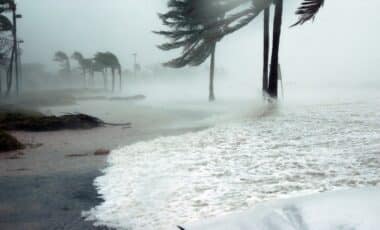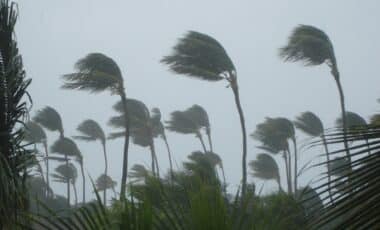As the 2025 Australian ski season kicks off, skiers and snowboarders are welcoming a promising start. After two years of disappointing seasons marked by a lack of natural snow, the opening of the season in June 2025 is seeing consistent snowfall across ski resorts, offering a rare opportunity for winter sports enthusiasts. However, despite the initial excitement, meteorologists caution that the overall season will be unpredictable, with variable snow conditions expected throughout the winter.
This year’s strong start marks a significant turnaround for the Australian ski season. Heavy snow has been falling over the long weekend, creating ideal conditions for the slopes, particularly in the alpine regions of New South Wales and Victoria. Yet, the outlook for the rest of June suggests that skiers may not enjoy the same level of consistent snowfall in the coming weeks.
A Strong Start with Constant Snowfall
The opening weekend of the 2025 ski season has brought much-needed snow to the Australian Alps. A low-pressure system sweeping across southeast Australia has caused nearly constant snowfall for four days, allowing resorts to open their slopes with a solid snow base. This marks the best start to the ski season since 2022, when heavy snowstorms also blanketed the mountains. Resorts that had previously been marked by sparse snowmaking conditions in early June are now seeing snow cover that promises an exciting start to the season.
However, meteorologists warn that the excitement may not last. The current weather system is expected to taper off, with the snowstorm giving way to high-pressure systems that bring clear skies but less frequent snowfall. This change in weather patterns suggests that although the snow conditions are ideal at the moment, the second half of June may not provide as much fresh snow.
Massive snow dumps across Australia’s ski fields has seen the biggest start to the season for several years. Full story: https://t.co/XhDEYh1DM4 pic.twitter.com/Wxd8wfVPk1
— news.com.au (@newscomauHQ) June 8, 2025
The Challenges of Predicting the Australian Ski Season
The unpredictability of the Australian ski season is well known, and forecasting snow conditions is often difficult. One of the primary reasons for this is the Southern Annular Mode (SAM), which greatly influences the arrival and strength of cold fronts that bring snow to the region. When SAM is in a positive phase, it tends to limit the occurrence of cold fronts, reducing the potential for snowfall. In contrast, a negative SAM phase can bring more frequent and intense snowstorms. Unfortunately, it’s difficult to predict in advance, making long-term forecasts unreliable.
Meteorologists point out that even small temperature shifts—such as a 1°C difference—can drastically alter snowfall. This makes it challenging to determine whether cold fronts will bring snow or rain, particularly beyond a week in advance. Additionally, autumn snowfall does not correlate with winter snow depths, further complicating predictions.
Climate Change’s Impact on Australia’s Ski Resorts
Climate change is also playing a significant role in the changing patterns of the Australian ski season. In recent decades, snow depths have been steadily declining, with warmer temperatures affecting the overall snowpack. For example, in the first 39 years of snow data at Spencers Creek (1,820 meters above sea level) in the NSW Snowy Mountains, five seasons exceeded three meters of natural snow. However, only one of the last five years (2022) saw snow depths above the long-term average.
The impact of climate change is more pronounced at lower elevations. Ski resorts such as Deep Creek (1,620 meters) and Three Mile Dam (1,460 meters) are experiencing faster reductions in snow depth, with a 5 cm decrease every 10 years. This poses a significant challenge for lower-elevation resorts, which may struggle to maintain consistent snow coverage in the future.
The Role of the Indian Ocean in Snowfall
In addition to the Southern Annular Mode, other climate drivers, such as the Indian Ocean Dipole (IOD), are expected to influence snowfall in 2025. The IOD is likely to shift into a negative phase, which typically brings more tropical moisture to the Australian mainland. This could increase the potential for larger-than-usual snowfalls, particularly in the second half of winter. However, this moisture also brings a risk—if temperatures rise too much, it could result in rain rather than snow, washing away the snow that does accumulate.
Despite these risks, a negative IOD phase has historically been associated with stronger finishes to the ski season. During negative IOD years, extra moisture in the atmosphere helps prevent the early spring warming that has affected snow conditions in recent years. Therefore, experts predict that, although the season will be variable, the overall outcome will be stronger than the past two years, with more snow days through July, August, and possibly even September.









